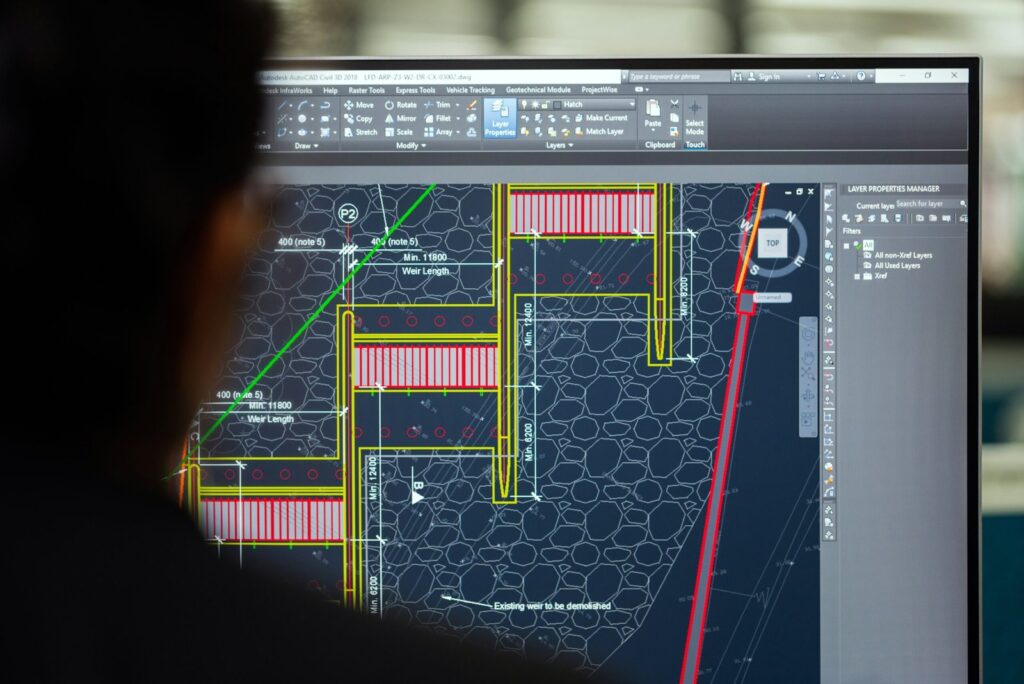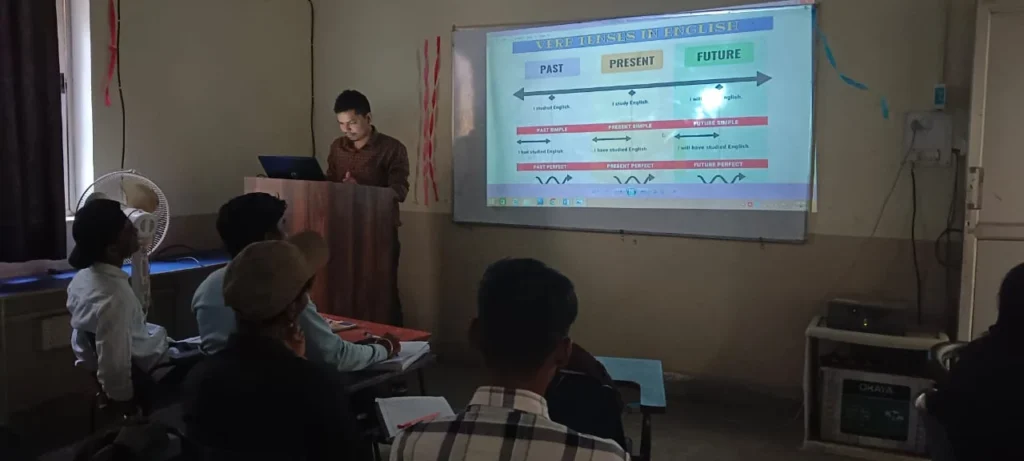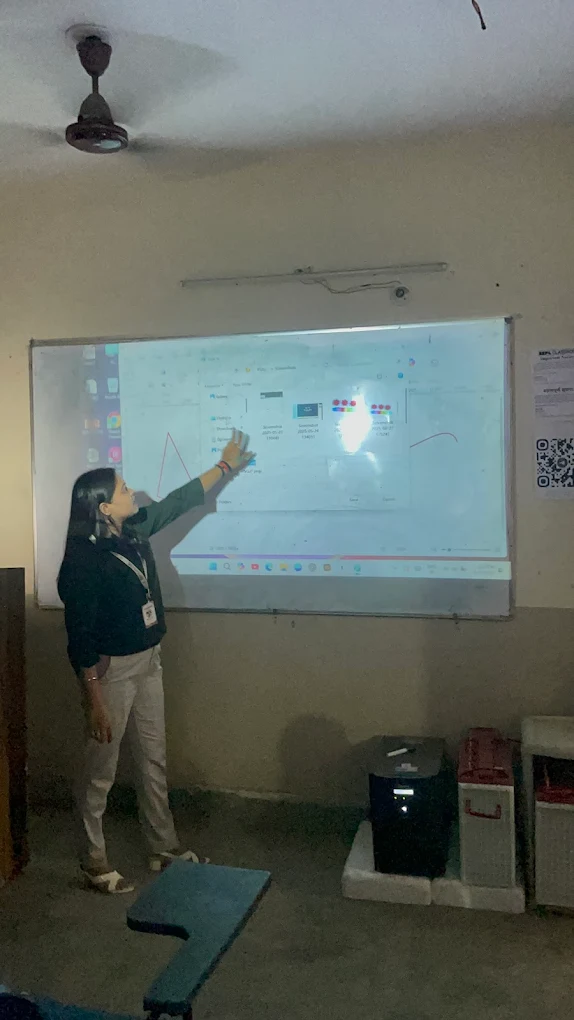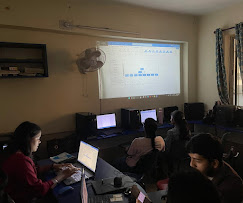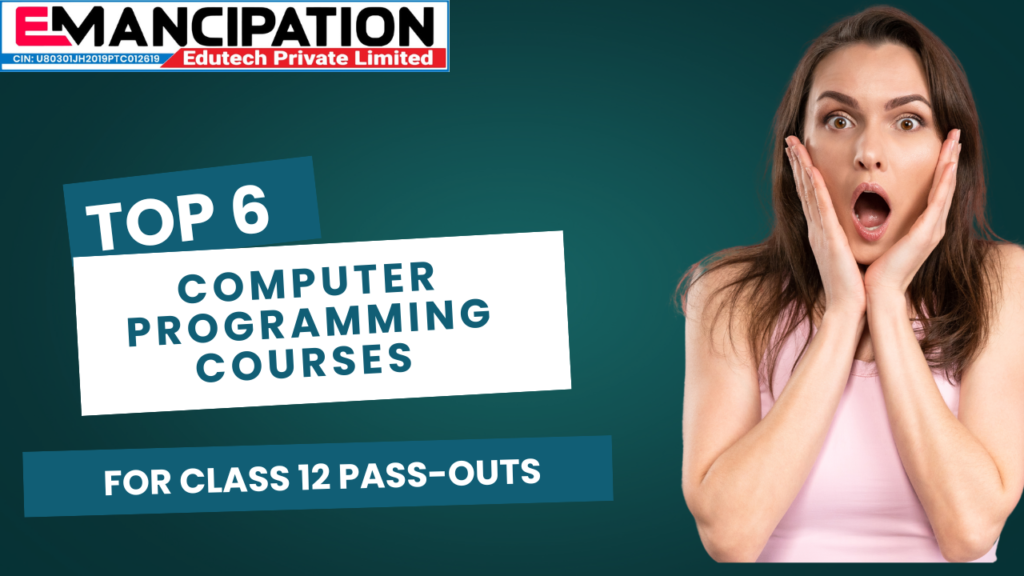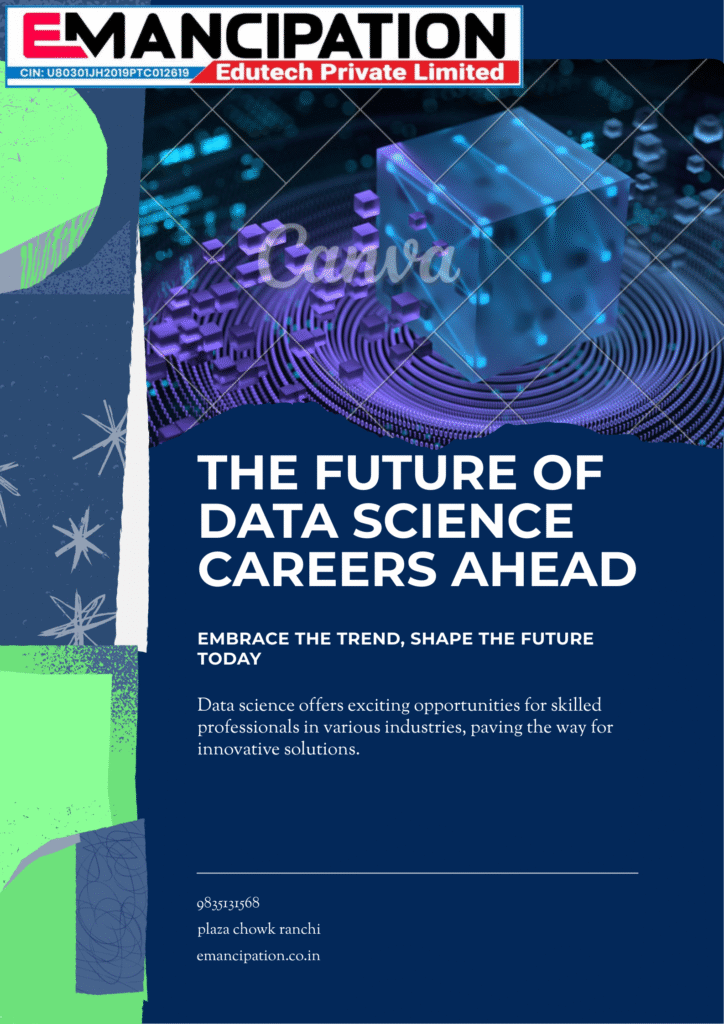Best Data Analytics Tools to Learn in Ranchi – Upgrade Your Skills with Emancipation Edutech Pvt. Ltd.
Best Data Analytics Tools to Learn in Ranchi – Upgrade Your Skills with Emancipation Edutech Pvt. Ltd. In today’s data-driven world, learning the right data analytics tools can be a game changer for your career. Whether you’re a student, working professional, or someone aspiring to enter the tech industry, mastering data analytics tools gives you a strong edge in the job market. For learners in Ranchi, institutes like Emancipation Edutech Pvt. Ltd., located near Plaza Chowk, offer top-notch training that helps you gain practical skills and confidence in real-world analytics. Let’s explore the best data analytics tools you should learn to build a successful career in Ranchi’s growing data industry. 📊 What Are Data Analytics Tools? Data analytics tools are software applications that help professionals collect, clean, analyze, and visualize data. These tools turn complex datasets into easy-to-understand insights that support decision-making in businesses. From spreadsheets to advanced visualization dashboards, each tool has a specific purpose and skill level. 💡 Top Data Analytics Tools You Should Learn in 2025 Here are the most in-demand data analytics tools that every aspiring data analyst in Ranchi should master: 1. Microsoft Excel The foundation of all analytics learning, Excel is the first step for anyone entering the data analytics field.Why Learn It: 2. SQL (Structured Query Language) SQL is the backbone of data handling. It’s used to manage and query large databases effectively.Why Learn It: 3. Python Python is the most popular programming language for data analytics and machine learning.Why Learn It: 4. Power BI Developed by Microsoft, Power BI is a leading tool for business intelligence and data visualization.Why Learn It: 5. Tableau Tableau is another powerful visualization tool used by data professionals globally.Why Learn It: 6. R Programming R is a statistical computing language ideal for deep data analysis.Why Learn It: 7. Google Data Studio This free tool by Google helps you visualize and share data insights easily.Why Learn It: 🚀 Career Advantages of Learning Data Analytics Tools Learning these tools not only makes you job-ready but also gives you a competitive advantage in any field. Here’s how mastering them boosts your career: 🏫 Best Data Analytics Training in Ranchi – Emancipation Edutech Pvt. Ltd. If you’re searching for the best data analytics training institute in Ranchi, look no further than Emancipation Edutech Pvt. Ltd. Located near Plaza Chowk, the institute provides hands-on training with all the essential analytics tools and real-time projects. 🔹 Why Choose Emancipation Edutech: 📞 Contact: 9835131568📍 Location: Near Plaza Chowk, Main Road, Lalpur, Ranchi (Opposite Plaza Cinema)🏢 Institute: Emancipation Edutech Pvt. Ltd. 🌟 Conclusion Mastering data analytics tools is the first step toward building a successful and future-proof career. As data becomes the core of decision-making across industries, professionals skilled in tools like Excel, SQL, Power BI, and Python will always be in demand. If you’re in Ranchi and serious about developing your analytical skills, join Emancipation Edutech Pvt. Ltd., the leading institute near Plaza Chowk offering top-quality data analytics training. Learn the tools, gain real-world experience, and prepare yourself for a high-growth future in data analytics. Emancipation Edutech Pvt. Ltd.📍 Near Plaza Chowk, Main Road, Lalpur, Ranchi (Opposite Plaza Cinema)📞 9835131568💻 Empowering Careers Through Data and Innovation


